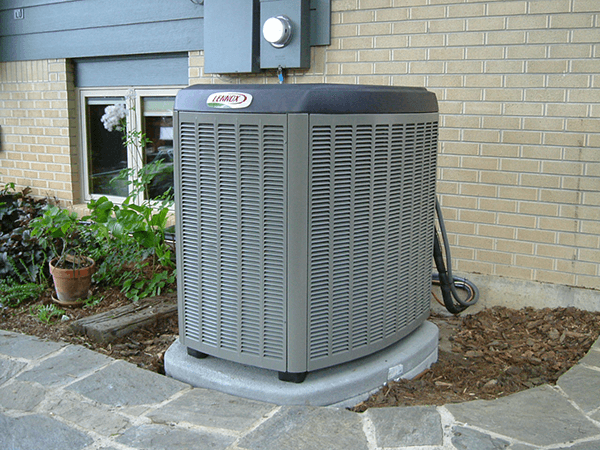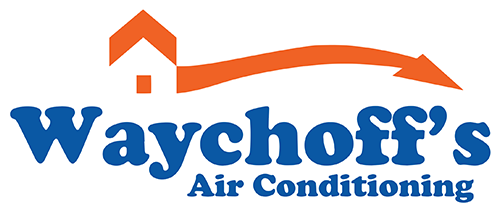
Every business has its vocabulary which may sound like jargon to others who aren’t in the business. HVAC businesses are no different. It has terminologies that may have heard before. You can easily understand how your AC system works when you know about air conditioner terminology and its meanings. Here are some common air conditioner terminologies:
Our expert technicians are here for youSchedule Online Today
Airflow Volume
- An AC’s airflow volume refers to the amount of air the AC circulates within a room. A higher air volume means that more air is being circulated while a lower air volume means that less air is circulated.
Air Filter
- Air filters are essential parts of an AC system. They perform the function of filtering the air that goes in and out of an AC system. Filters help to trap tiny particles of air pollutants and release healthier air into the room. These particles may include bacteria, mold, dust, pollen, or dirt.
Air Handler
- Air handler refers to the indoor component of your heat pump or AC system. It has an evaporator, air filter, and a fan for circulating air.
Heat Pump
- Heat pumps are appliances similar to AC that transfer heat to your home in winter. It can heat and cool your home. It also has indoor and outdoor components like an AC.
HVAC
- HVAC is the abbreviation for Heating, ventilating, and Air conditioning. They work together to provide quality conditioned air.
Condensate Line
- A condensate line is a pipe that allows condensed water flows out to your sewer line. Condensate lines that are clogged can damage your cooling system.
Energy Star
- This is a program that provides guidelines and ratings for AC and heat pump manufacturers. The program is jointly conducted by the US Department of Energy and the US Environmental Protection Agency. AC systems that have an Energy Star rating reduce electricity consumption by 30%. Additionally, customers use the Energy Star Certification to make decisions when purchasing cooling/heating systems.
Indoor Air Quality (IAQ)
- Indoor Air Quality refers to the quality of your indoor air. There are indoor air pollutants that contaminate the air and make it difficult to breathe in. Good indoor air quality lowers the risk of respiratory diseases, allergy triggers, shortness of breath, lines disease, and fatigue.
Ducted System
- Ducted systems are systems with a collection of pipes called ducts circulating air to several rooms at a time. The ducts are connected to a central unit that releases the air into individual rooms.
Seasonal Energy Efficiency Ratio (SEER)
- Seasonal Energy Efficiency Ratio involves comparing the amount of air an AC produces during a season to the amount of power consumed during that season.
Indoor Unit
- The indoor unit is the indoor component of a system. It blows conditioned air into the room.
Outdoor Unit
- The outdoor unit is the outdoor component of an AC system. It contains a coil, fan, and compressor that work together to pump air to the indoor unit.
Thermostat
- The thermostat device is a part of the AC system that helps to control the degree of temperature in the room.
Heat Seasonal Performance Factor (HSPF)
- Heat Seasonal Performance Factor is a rating that is based on the efficiency of a heating system. It compares the amount of heat produced during a season to the amount of energy consumed during that season.
Minimum Efficiency Reported Value (MERV)
- Minimum Efficiency Reported Value involves rating heaters and air conditioners. The ratings run from 1-20. Higher ratings mean that the system can take in tiny particles, while lower ratings mean that the system can capture more particles.

